I really hadn’t heard of Yunnanese food until I came to Beijing, where it is incredibly trendy these days. It seems like I’m always learning about yet another Yunnanese restaurant around town. But I’m definitely not complaining — Yunnanese food has quickly become one of my favorite types of Chinese cuisine.
Yunnan (äº‘å— or 雲å—) is a region in southern China that borders Myanmar, Laos, and Vietnam, and its food reflects some of the influence of these neighboring countries. (Ok, now you understand why I am biased toward this cuisine. :) Also influential are the many ethnic minority groups — more than in any other region in China — who live there. Yunnan is also a mountainous region with more temperate weather, so it has diverse plant life and is rich in natural resources. In fact, this is where the fictional paradise Shangri-La is supposedly located.
I hope to give more details on some of my favorite Yunnanese restaurants around Beijing in the future, but here I just wanted to highlight some of the characteristics of Yunnanese food. I think, like me, you’ll quickly find that it is very different from the Chinese food we’ve come to know abroad!
One of the features of Yunnanese cuisine is the use of the province’s variety of mushrooms that come in beautiful, strange, and intriguing shapes. (Even the controversial Chinese truffle can be found in this region.) They are used in soups, stir-fries, salads, and stews. You can find a helpful guide to Yunnanese mushrooms over at Saveur.
Like Vietnamese cuisine, Yunnanese food makes use of fresh herbs, even some of the same ones like fish mint! There are herb salads, like the one I share below, and sometimes the herbs come fried and crispy in a stir-fried dish, similar to the fried basil you might be familiar with in some Thai dishes.
You can find flowers in Yunnanese cuisine…
… as well as bugs! Often it’s bees and worms. We sampled some at the Yunnanese provincial restaurant in Beijing and concluded that they mostly just tasted crunchy. As you can see, the dish here mainly consists of a huge pile of bugs. Maybe it might be a bit more interesting if the bugs were incorporated better into a fuller dish?
A little more tasty is Yunnan’s famous dry-cured ham made with salt from the region. It is often used in stir-fries and also lends a nice, deep flavor to soups.
I also noticed rice noodles make an appearance in Yunnanese food, which for me is a nice change from the wheat noodles up here in the north. Here is Yunnan’s famous crossing-the-bridge noodles, which is a noodle soup supposedly named for how a wife delivered the dish to her husband. Traditionally, it is served with all the components on separate dishes, and the noodle bowl is composed at the table, so that everything tastes as fresh as possible. Legend has it this serving method came about when the wife realized the dish would taste fresher when assembled on the spot, after crossing the bridge to deliver lunch to her husband.
If you are a cheese lover, like I am, you will love the goat cheese that is one of the specialties of Yunnanese cuisine. It is most popularly served fried and resembles haloumi.
These are just some of the characteristics I’ve noticed about Yunnanese food from some of the restaurants in Beijing. I can’t believe this regional cuisine has not caught on yet in the US the way Sichuanese or Cantonese has. I really think it could become as popular as it has here in China, especially since it features more fresh produce and is lighter than some other Chinese foods. If you live Stateside and are curious about this cuisine, there does seem to be a couple Yunnanese restaurants in the more heavily Chinese-populated cities in the US. I have not had a chance to try these, but those in New York might want to check out Yunnan Kitchen, and those in southern California may want to try Yunkun Garden or Yunnan Garden in Monterey Park and San Gabriel — and then you’ll have to tell me what you think!
If you don’t live somewhere where Yunnanese food is available, here is a super easy dish you can try at home that will give you a taste of Yunnanese flavors. I have yet to visit Yunnan myself, so this is just an approximation of the mint salads I’ve had at various Yunnanese restaurants about town. I am thoroughly intrigued by this cuisine, so you can be sure to hear more about it here in the future!
Mint Salad
Serves 2-4 as a side dish
Don’t be shy with the dressing in this herb salad. The mint can get overpowering, so the key is to make sure the leaves all get coated, even drenched, in the tangy dressing. As with many Southeast Asian salads, you can tell it’s been well dressed when you can see a pool of dressing at the bottom. :)
2 cups (packed) mint, or one large bunch
1 clove garlic
1 Thai bird chili
2 Tbsp Chinese black vinegar
2 Tbsp lime juice
1/4 tsp salt
a pinch sugar
1/4–1/2 tsp chili oil
a few drops sesame oil
1. Wash and spin dry the mint leaves. You’ll want to leave the mint leaves on the stem, which is edible and has some of that minty flavor. This will help give the salad some heft. But if there are any particularly thick and tough stems, go ahead and pick the leaves off, but try to keep the leaves in clusters.
2. Pound the garlic and chili with a mortar and pestle. Alternatively, you can mince the garlic and slice the chili with a knife.
3. Mix the garlic and chili with the remaining ingredients.
4. Toss the mint leaves well in the dressing, making sure that the leaves are well coated.
5. Plate the leaves and pour any leftover dressing over top.



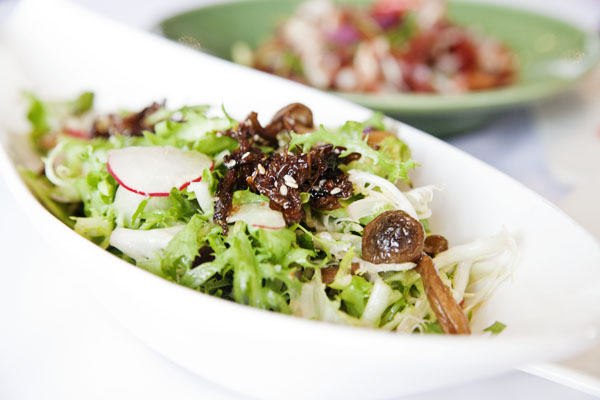




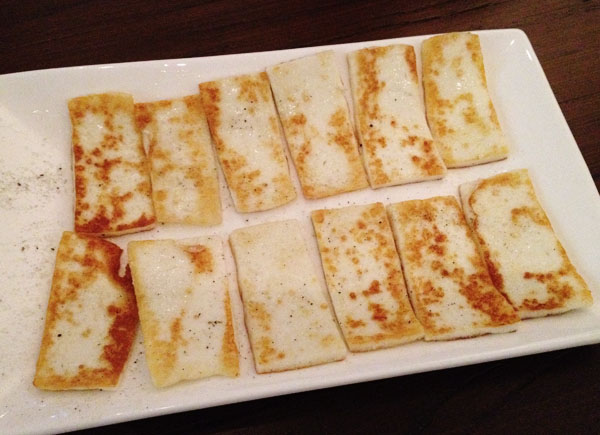










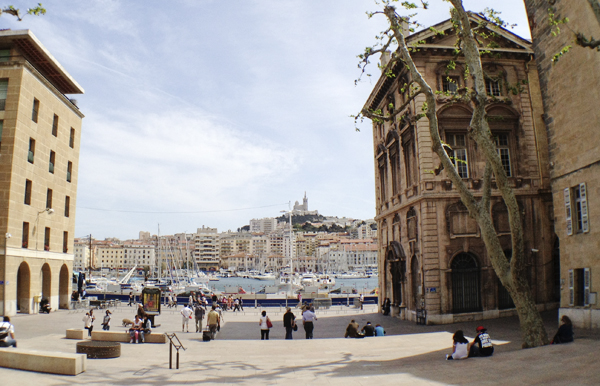


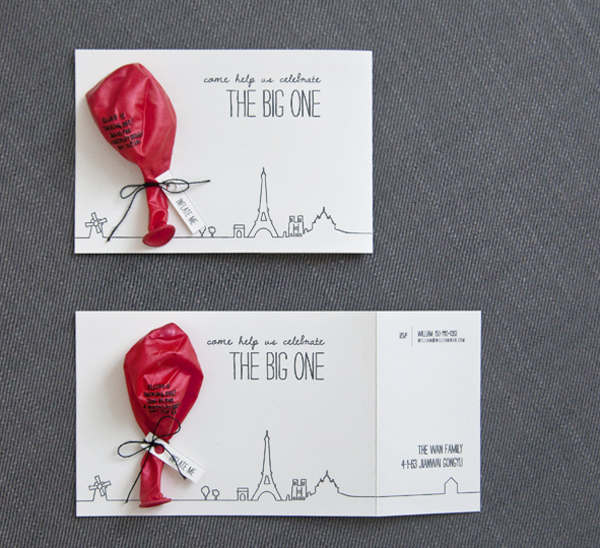
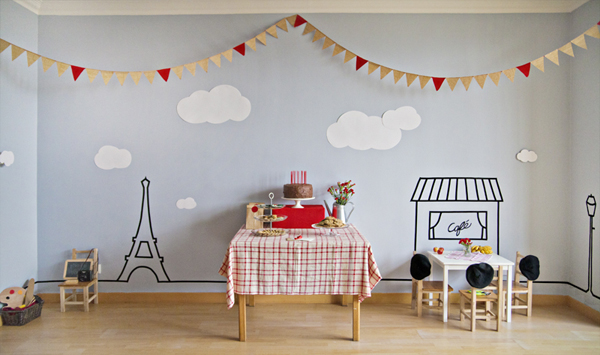


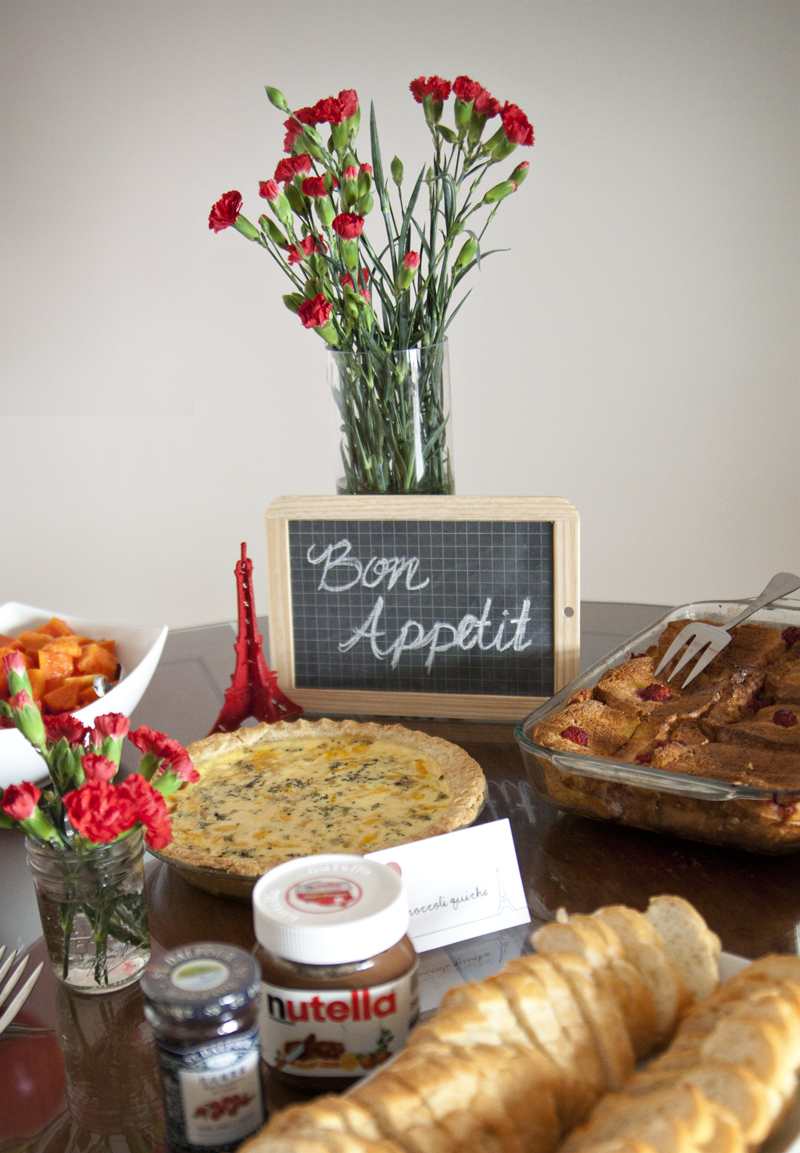





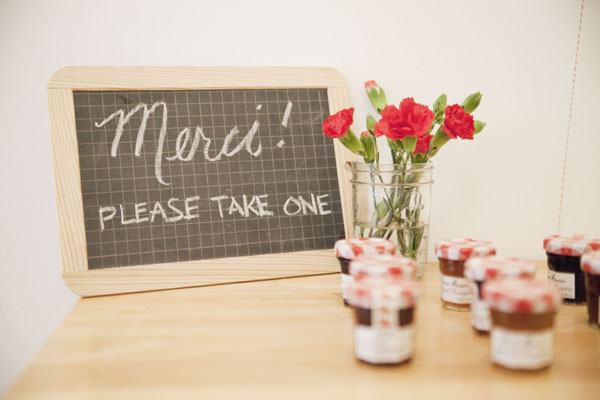




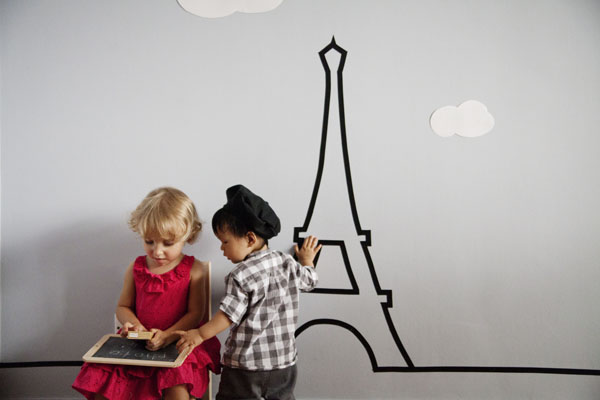












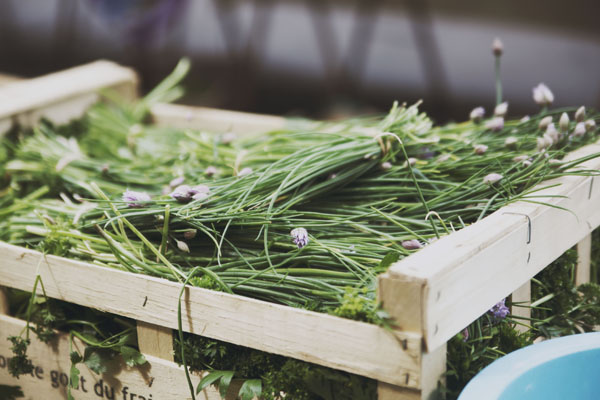






















Connect with us